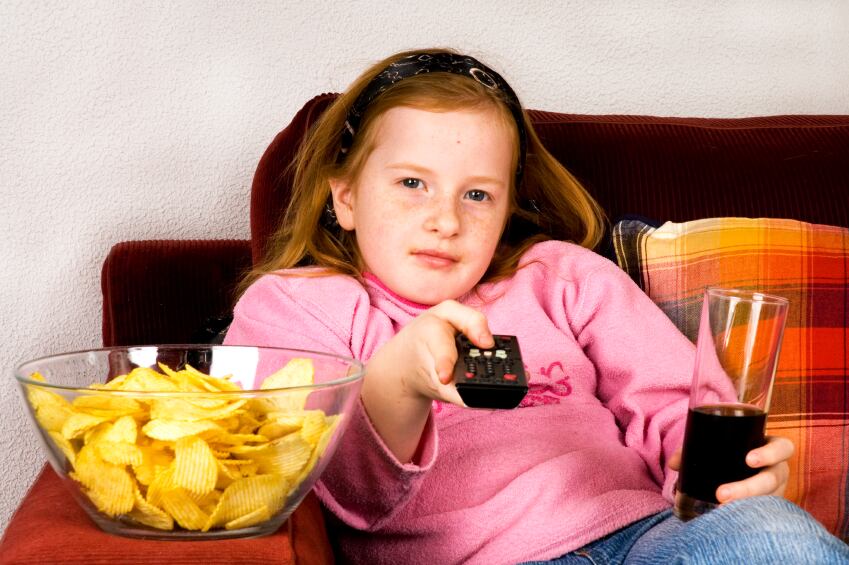The researchers also found less than 10% of marketing is for products deemed healthy under the Scottish government’s Supporting Healthy Choices Framework.
Researchers at the University of Stirling quizzed 2,285 students aged between 11 and 18 years old, and said they were struck by how much of the marketing they had seen in the previous seven days was for foods high in fat, salt and sugar (HFSS), and what this meant for purchasing decisions.
Almost two thirds (63.5%) said they’d seen at least one food and drink marketing promotion and nearly half (47%) had been moved to buy something on the back of it. Over two thirds (68%) of purchases were for unhealthy products with sugary soft drinks making up 23% of all purchases, followed by confectionery and chocolate at 22%.
Power of promotions
Promotions, in particular, appear to be encouraging children to buy HFSS products. More than half (57%) the purchases from price promotions were for sugar-based confectionery, sugar-sweetened soft drinks, sweetened breakfast cereals and chocolate.
Given that 24% of all price promotions were for sugary soft drinks, the researchers said these products in particular warranted continued monitoring and evaluation.
Speaking to FoodNavigator, the report’s author Georgina Cairns, a senior researcher in dietary public health and behaviour change at the University of Stirling, said the promotion of products at the till were on a scale she had not expected: 84% of all till-prompted purchases were for chocolate, sugar-based confectionery and sweetened soft drinks.
Scotland has one of the highest rates of child obesity in Europe, with 29% of two to 15-year olds at risk of being overweight and 16% at risk of obesity. Only 14% of children in the country eat five portions of fruit and vegetables a day.
This is not surprising, perhaps, given that just one in 10 price-incentivised purchases were for healthy products and this was dominated by bottled water (4%). Cairns said that reformulation and behaviour change takes time, but the opportunities to adjust the balance of marketing cues and incentives towards healthier products is immense.
Regulatory challenge
“Based on our findings, the majority of young people are aware of food marketing around them, they are far more aware of the marketing related to HFSS products and that marketing is increasing the propensity with which they buy those foods,” Cairns said.
The new research prompted the Scottish Government to push for junk food advertising to be banned before 9pm. The UK’s Committee on Advertising Practice will soon launch a public consultation to determine whether the regulations for non-broadcast media need updating as digital advertising spend continues to rise.
Last month Public Health England recommended that the UK government should “significantly reduce opportunities to market and advertise high sugar food and drink products to children and adults across all media”.

Junk (food) TV?
Rules on junk food advertising to children are set in Westminster by the UK government. These were “tightened” back in 2007, according to the Broadcast Committee of Advertising Practice, after evidence showed TV to be the most powerful media but it has only a “moderate impact” (2%) on children’s dietary preferences.
In a statement the committee, which is responsible for writing the UK’s ad codes, said the rules have never been designed to stop children from seeing HFSS ads; rather they’re designed to “reduce children’s exposure to and the appeal of HFSS ads”. A 9pm watershed restriction would be “disproportionate” it said.
But Cairns said her research suggests otherwise. “I was struck by the clarity of the data our survey produced,” she said. “The findings very strongly demonstrate that the investment and expertise [amongst manufacturers] is skewed towards HFSS brands. The food environment that young people are making choices in [lacks] cues for healthier foods and drinks.”
Last year the UK retail food industry spent £256m promoting unhealthy foods. The British Soft Drinks Association said advertising spent on low- and no-calorie drinks increased 50% last year. However, a spokeswoman could not confirm the proportion of overall spend this now accounts for.
